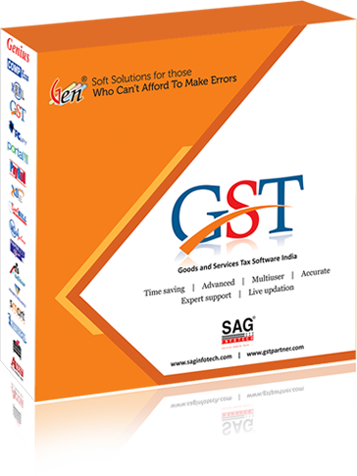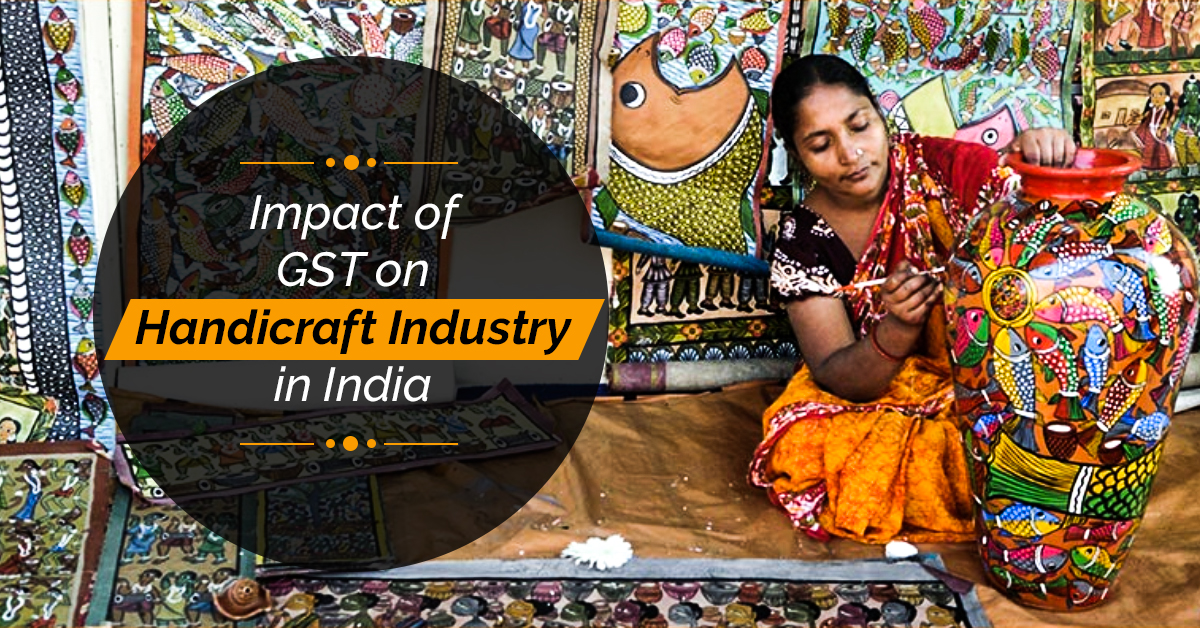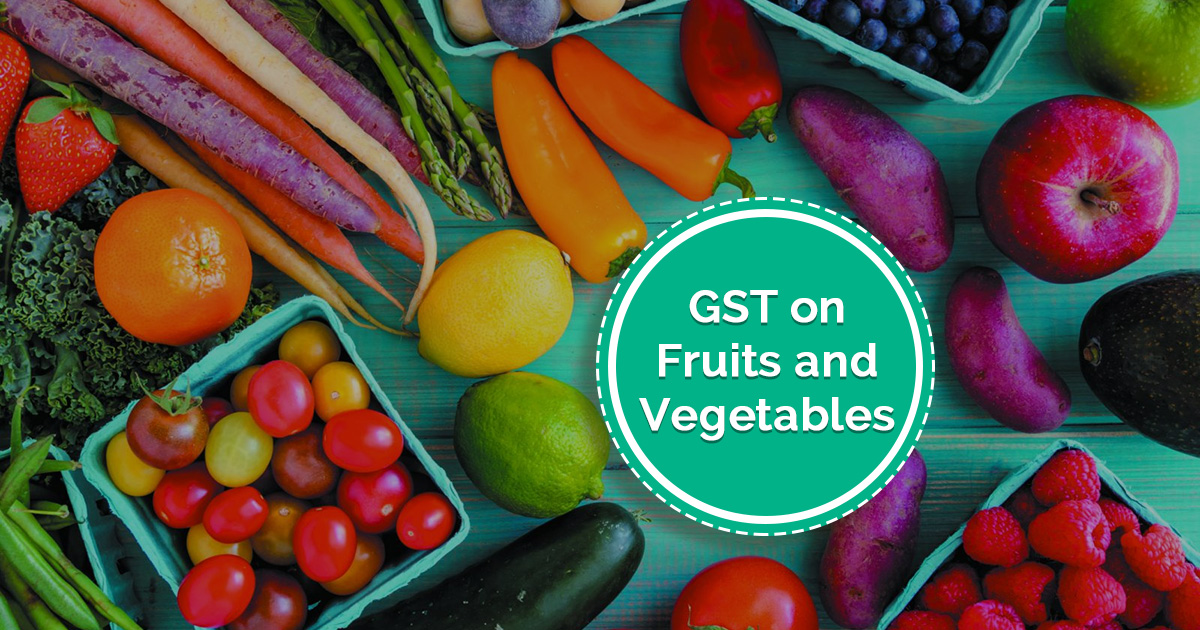Despite being one of the largest business sectors in India, in terms of employment, the Indian handicrafts industry is suffering a lot because of the decreasing demands of handmade items in the country and abroad. The implementation of the goods & services tax (GST) has only increased problems for artisans employed in this industry. The confusion of tax rates on different craft items, increase in manufacturing cost, etc are just some of the issues being faced by the industry.
GST Impacts on Handicraft Items and Industry
The impact of GST on the handicraft industry can be summarized into the following points:
Confusion on GST rates
Many of the people employed in this sector are illiterate or do not have access or skills to operate the internet. This leads to a confusion about GST rates on their products. There is a tax on raw material and a separate tax on finished products, however, the artisans are not aware of the tax rates or the input credit mechanism, which increases the cost.
Increased tax and cost
The GST on yarns is 5% and on finished handicraft products, it is 5%. The yarn supplier charges 5% tax from the viewer. Also, there is an 18 per cent GST on warping and twisting services. The overall input tax goes to 23% which in turn increases the cost of the final product. The consumer has to pay the increased cost.
The GST rate on 29 handicraft items was revised from 5% to none, in a meeting held by the GST Council. The new rates are applicable from January 29, 2018.
Compliance complexity
Most of the artisans and their families involved in this business are not skilled enough to perform online GST registration, return filing, invoice creation and related tasks. They seek professional help which further increases the cost.
Drop in demand
Before GST, there was no tax on some craft materials, including Banaras yarn. The implementation of the tax system has created a huge gap between the supply and demand in this industry. The added tax has increased the cost of the product which in turn decreases the demand in the market.
Lacking interest
The situation is so bad that many weavers and artisans have left or are planning to leave this career for good. The drop in demand has demotivated them to further proceed in this career.
Tax on previously exempted crafts
Handmade items such as kites, broomsticks, handmade toys, needles, etc on which there was no tax before are now taxable under GST.
Mandatory GST registration for inter-state suppliers
GST registration is mandatory for businesses who supply inter-state, irrespective of the size or turnover of the business. The unavailability of proper assistant and lack of awareness among small businesses is further adding the burden of compliance.
Drop in Exports
Indian handicraft industry is one of the biggest exporters of handmade items in the world. The application of GST has directly impacted the export demand which has decreased a lot in the past few months since the launch of the GST system.
The exports of handicrafts have also been largely affected by the continuous blockage of tax refunds. Since the refunds of input tax to exporters are not being given on time, this is affecting their cash flow, which in turn affects their ability to deliver supplies on time.
Other impacts of GST tax on the handicraft industry include the complexity of tax refund mechanism, lack of education among manufacturers, multi-tier supply chain, etc.
Thankfully, there are some affordable GST software and applications such as Gen GST which are helping businesses in handicraft and other industries to get GST compliant and grow their business in the new tax regime.






